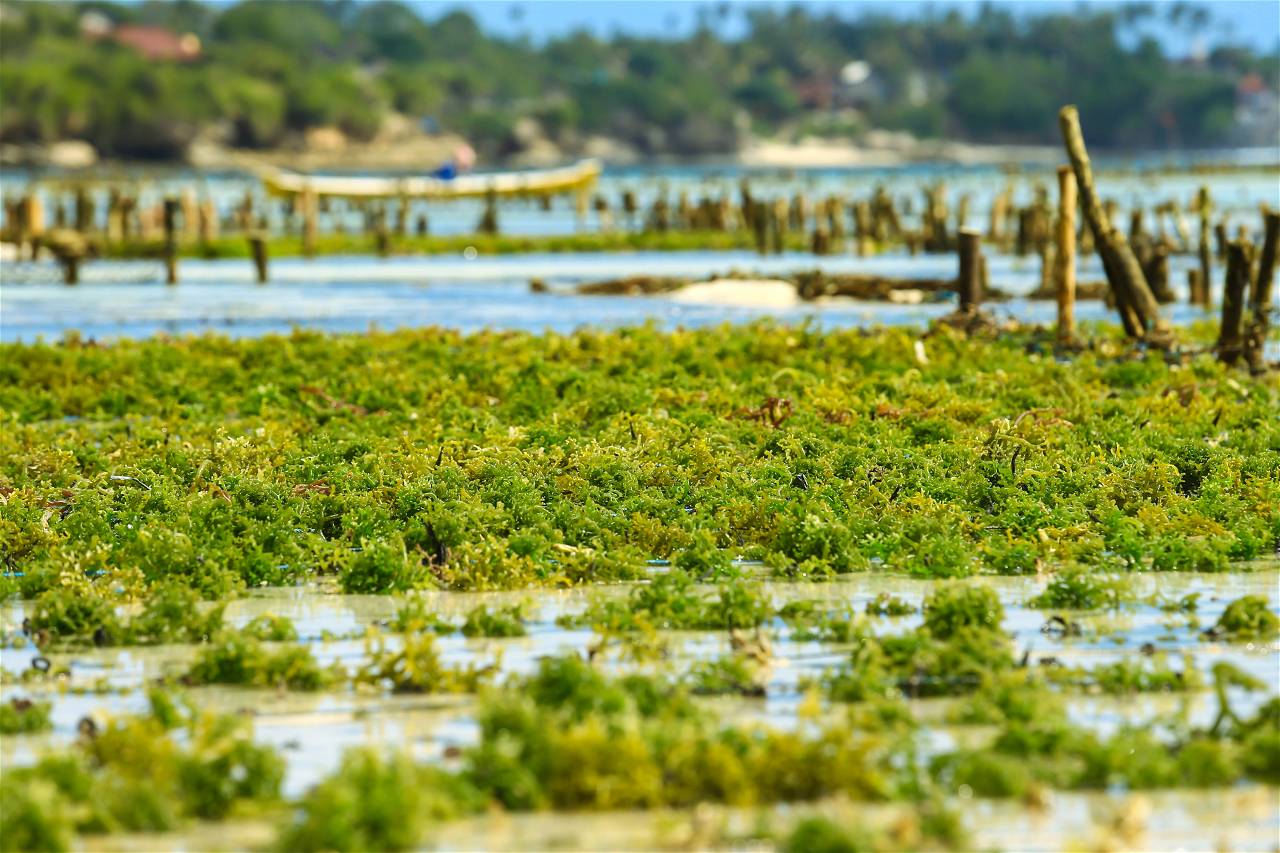
Algaculture is a form of aquaculture that involves the farming of various species of algae. Most of the algae that are cultivated fall into the category of microalgae also referred to as phytoplankton, microphytes, or planktonic algae. But let’s first understand, what algae is? It can be defined as a plant or plantlike organism of any of various divisions, phyla or classes of aquatic usually chlorophyll-containing non-vascular organisms of polyphyletic origin. Algae include green, yellow-green, brown and red color in the eukaryotes.
You might have heard about Macroalgae, which is commonly known as Seaweed. It has many industrial and commercial uses, but due to the specific requirements of the environment that they need to grow, they do not lend themselves as readily to cultivation on large scale as microalgae. Therefore, they are most often harvested wild from the ocean.
Benefits of Algaculture:
-
Microalgae are good sources for producing biofuels and absorbing CO2 emissions from thermal power plants. Algae, which smell so bad and are dangerous when they invade beaches, have become a new problem for the inhabitants of many coastal areas. But we can transform it into a source of ‘green oil’. Scientists are trying to turn invisible micro-algae which can’t be seen with the naked eye, into third-generation biofuels.
-
Algaculture can help the fishermen community who depend on uncertain catch from the sea as it adds to their family income and creates rural livelihood.
-
Algal biomass is very much useful in power generation plants and food processing industries. It also provides green bleach and ensures clean and green environment by absorbing carbon dioxide and releasing oxygen.
-
Algal biomass is generated through the cultivation of algae, which is seaweed. The biomass produced can be used in solid-state (dry algae), or liquid state (biodiesel) or gaseous state (biogas).
-
Algae fulfills a wide range of necessities, including food, nutrition, energy, fertilizer, plastic, and pigments. It can also be used for the manufacturing of bio-degradable plastic. We can also use enriched algae as a fertilizer.
-
The chemicals in effluents and sewage drained into the sea can be better treated by algae than the sewage treatment plants. In the process of treating fertilizer, Algae gets enriched and becomes useful as soil conditioners.
-
Sapphire Energy, an American Energy Company also uses chemically induced mutations to produce algae suitable for use as a crop. Some of the commercial interests in large-scale algal-cultivation systems are looking to tie into existing infrastructures, such as coal power plants, cement factories or sewage treatment facilities. This changes wastes into resources to provide the raw materials, CO2 and nutrients, for the system.
-
We can also place a large basin of water with algae at the intersections of the city and on the highway as algae work 20 times better than trees and plants in controlling pollution and if these large basins are kept under streetlights, they add to the beautification of roads.
Despite being a comparatively new branch of agriculture, algaculture can make an important contribution to the food security of future generations, especially in regions of the world where, due to population explosion, the available cropland is likely to be insufficient. On a big scale, it is important that governments should support research programs on the cultivation and processing of algae and also introduce legislation that incentivizes its sustainable production.










